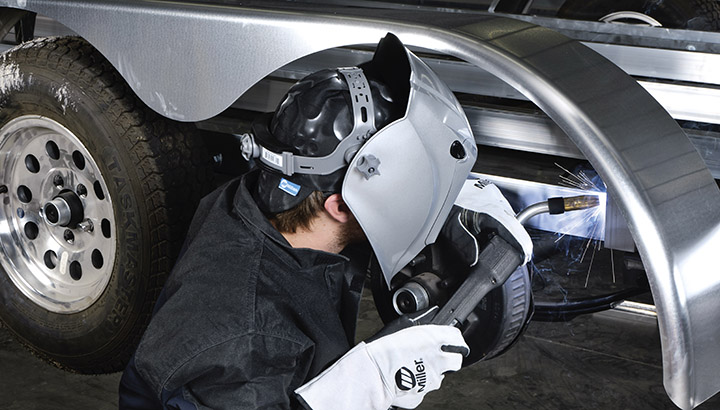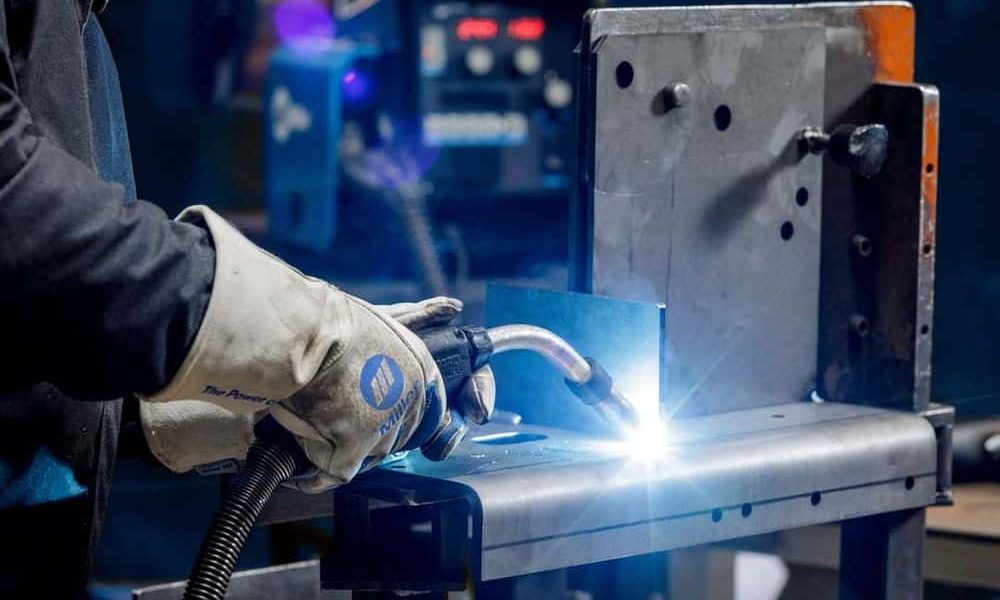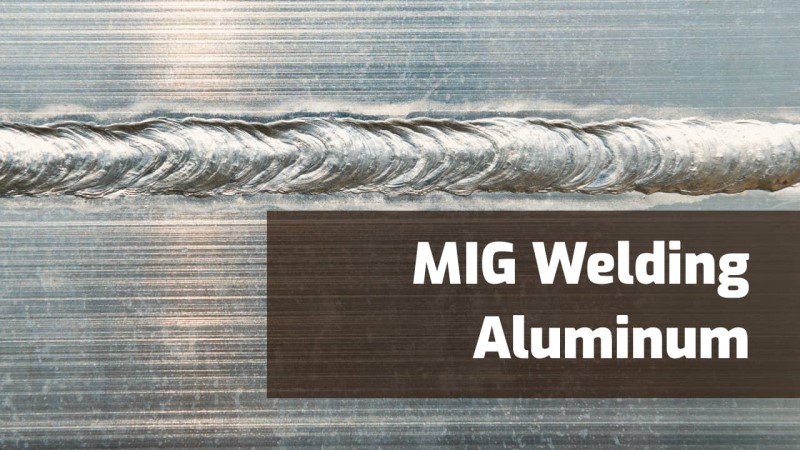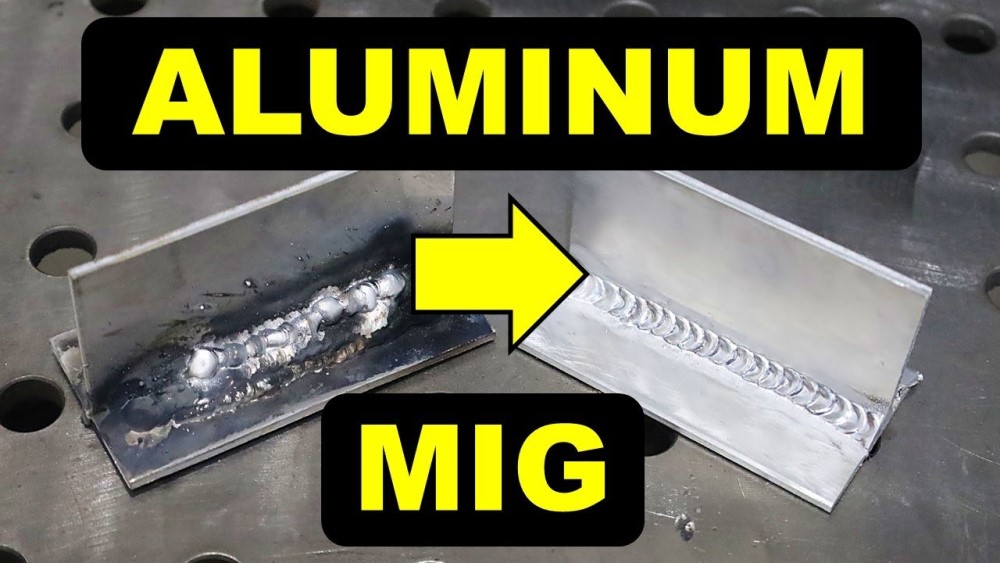In today’s world, more and more people are turning to weld for various projects. One popular welding technique is MIG welding. Unfortunately, many people are intimidated by the use of gas welding, which is why aluminum MIG welding is such a great choice for a beginner. If you are wondering about Aluminum MIG welding without gas then WeldFAQ is here to share with you some information that can make you and your project better. Let’s find out together!
What to expect when welding Aluminum?
Welding is a process that involves heating metal components to a temperature where a filler metal, called a welder, melts and forms a bond between the components. When welding aluminum, some specific expectations and considerations include:
Heat requirements: Aluminum has a relatively low melting point, so care must be taken to avoid overheating the components, which can cause them to deform or become damaged.
Welder compatibility: Aluminum requires a specific type of welder that is compatible with its unique properties, such as aluminum-based welders or silver-based welders.
Surface preparation: Aluminum must be thoroughly cleaned before welding to ensure a strong bond. This includes removing any surface oxidation and oils or other contaminants.
Joint design: The joint design for aluminum welding should be carefully considered, as the process can cause stress on the components, especially if they have different thermal expansion coefficients.
Cooling rate: Aluminum should be cooled slowly after welding to prevent cracking or other damage due to thermal stress.
Strength: Welded aluminum joints may not be as strong as those made with other welding processes, and are typically used for non-critical or low-stress applications.

Aluminum MIG welding with gas
MIG (Metal Inert Gas) welding with aluminum and gas involves the use of a wire feed welding machine that feeds a continuous wire electrode and shielding gas through a gun to join two metal pieces together. The shielding gas protects the weld pool from oxidation and contamination, allowing for a clean, strong weld.
Aluminum MIG welding with gas is a common method used in a variety of industries, including automotive, aerospace, and construction, due to its high welding speed, ease of use, and versatility. To get good results with aluminum MIG welding, it is important to use the right wire, shielding gas, and machine settings, as well as proper welding technique.
Aluminum MIG welding without gas
MIG welding without gas, also known as “gasless” or “flux-cored” MIG welding, is a welding process that uses a continuous wire feed as both the electrode and filler material. The wire is coated in a flux material that provides shielding from atmospheric contamination and generates a shielding gas through an exothermic reaction.
When welding aluminum without gas, the wire electrode is fed through the gun and into the weld pool, where it melts and forms a bond with the aluminum components being joined. The flux coating provides protection for the weld pool, but it also generates slag that needs to be removed after the welding is complete.
This type of welding is often used in light-duty welding applications, and is convenient for outdoor welding or other situations where a shielding gas supply is not available. However, compared to aluminum MIG welding with gas, gasless MIG welding is not as precise and can result in lower quality welds that are more susceptible to porosity and other defects.

Frequently asked questions (Weld FAQ)
What is the process for Aluminum MIG welding without gas?
The process for Aluminum MIG welding without gas is similar to regular MIG welding. The wire electrode is fed through the gun and into the weld pool, where it melts and forms a bond with the aluminum components being joined. The flux coating on the wire provides shielding and generates a shielding gas through an exothermic reaction.
What are the advantages of Aluminum MIG welding without gas?
Gasless MIG welding is a convenient option for outdoor or mobile welding, as it does not require a shielding gas supply. It is also less expensive and easier to set up compared to aluminum MIG welding with gas.
What are the disadvantages of Aluminum MIG welding without gas?
Gasless MIG welding is not as precise as aluminum MIG welding with gas, and can result in lower quality welds with more porosity and other defects. It also generates slag that must be removed after welding.

Wrapping Up
Aluminum MIG welding without gas is a viable option for welding aluminum. It produces a good quality weld and is relatively user-friendly. The process is also relatively easy to learn and is capable of welding a variety of materials.
The aluminum MIG welding process without gas offers several advantages, including cleaner welds and a reduction in the need for consumables. Even though this welding process is less common, it is a viable option if you want to produce high-quality aluminum welds without the added expense of gas.
Choose the best and most suitable MIG welder for your project or job/hobby!

